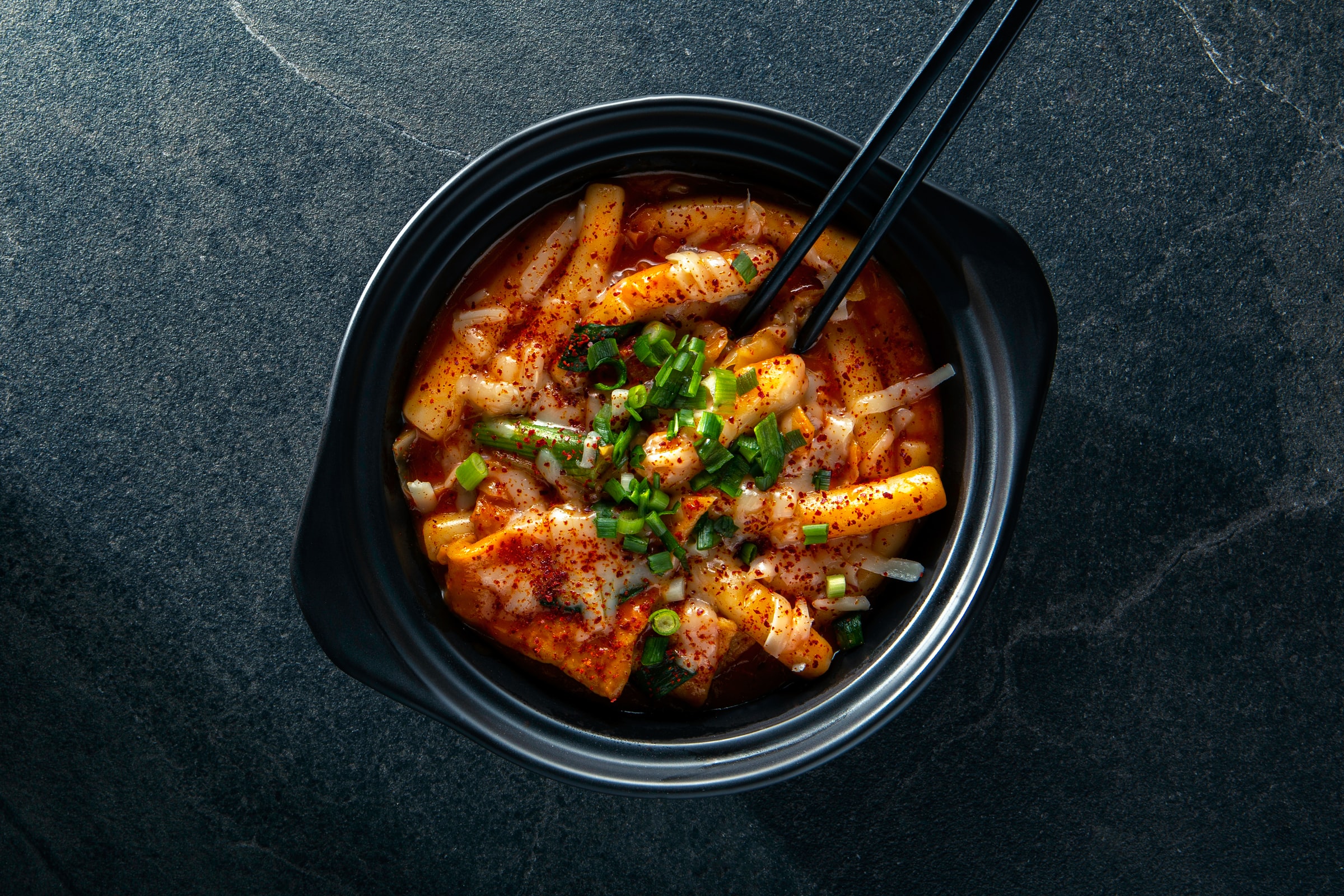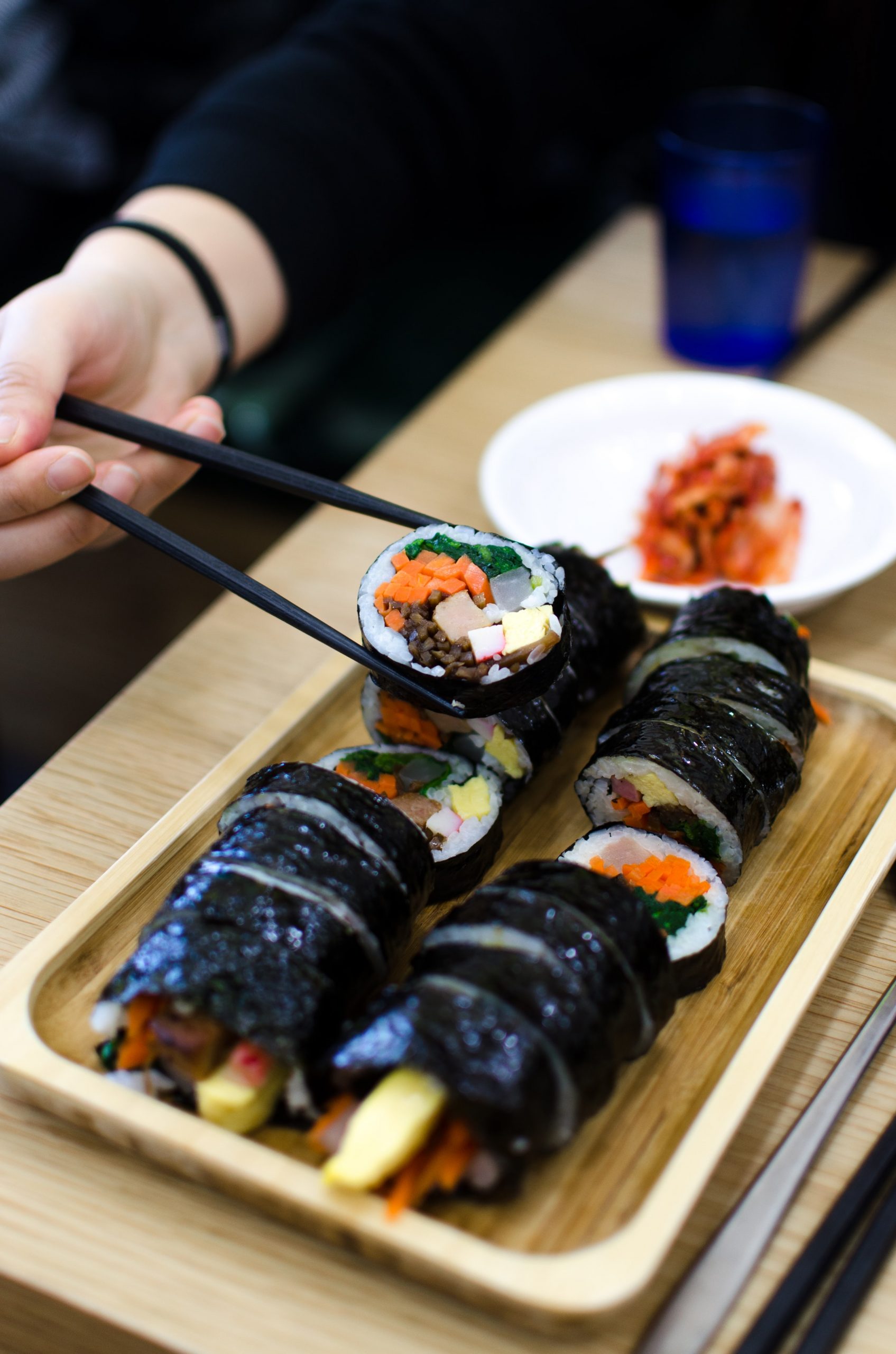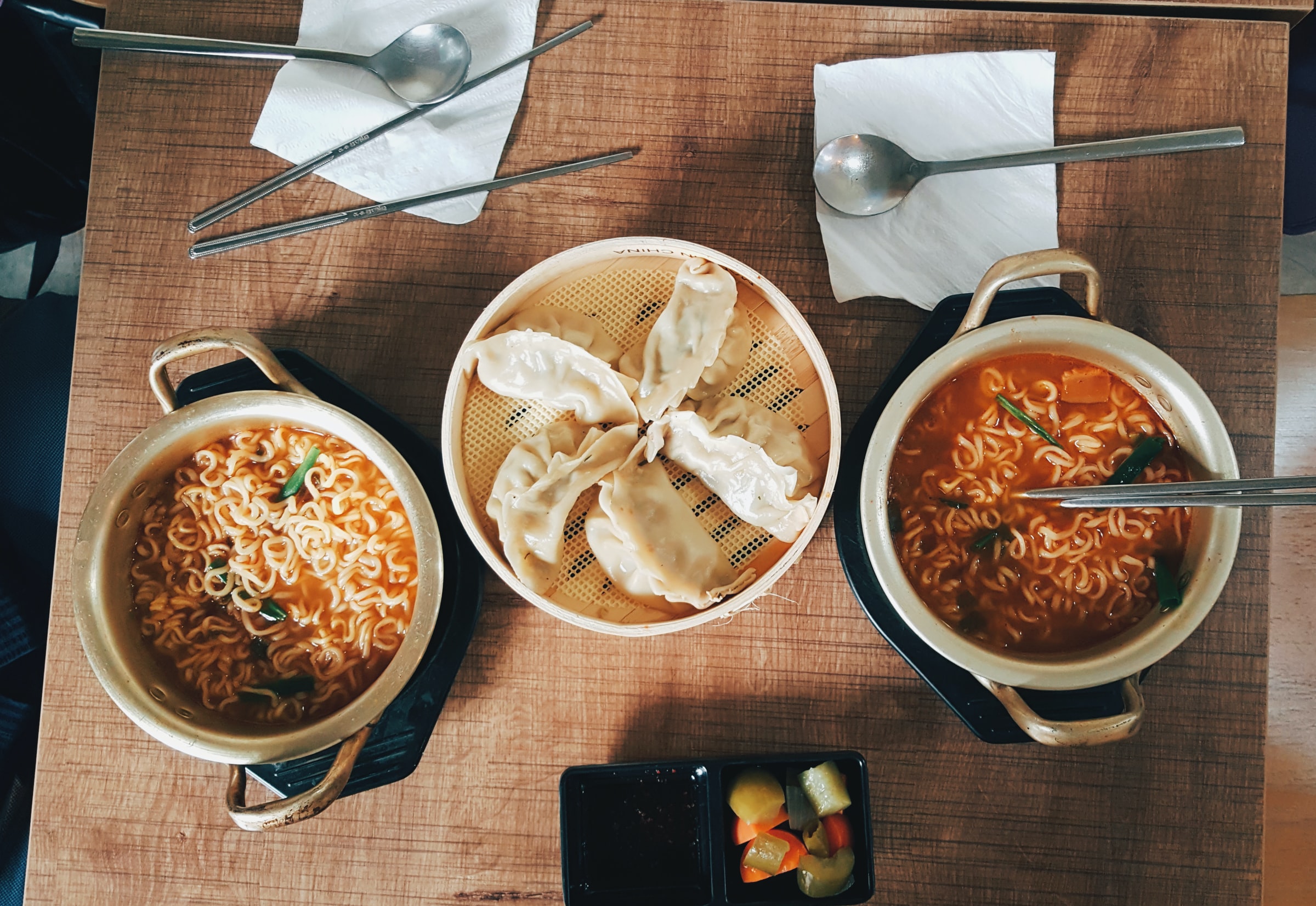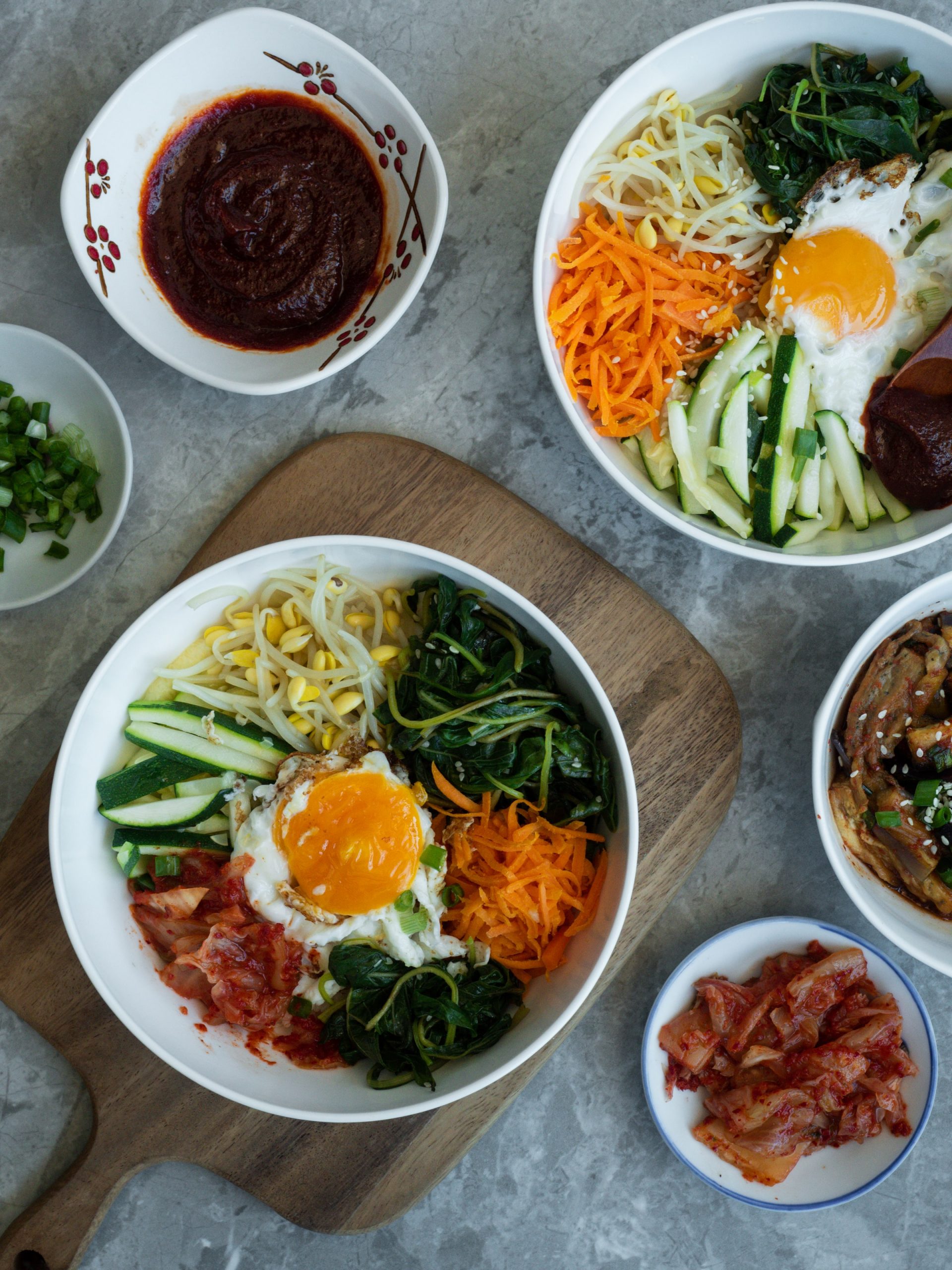Korean life, lifestyle, clothing, and cuisine are of interest to many. Korean culture has grown exceptionally in recent years due to the advent of Kpop and Kdrama. Even outside of this influence, the Korean specialty
Korean life, lifestyle, clothing, and cuisine are of interest to many. Korean culture has grown exceptionally in recent years due to the advent of Kpop and Kdrama. Even outside of this influence, the Korean specialty seduces the gourmets. So, without further ado, let’s dive into this blog and discover some of the most popular Korean dishes.
1. Tteokbokki, the rice cake

The Korean rice cake is a simple and filling dish. It is a must in Korea, whether it is the spicy or sweet versions. Topokki is made of glutinous rice cakes soaked in chili sauce. This basic recipe is often enhanced with beef, vegetables, onions, and soy sauce. To eat it, the most greedy add a hard-boiled egg or ramyeon. This dish evolves with time; now, they add melted cheese or curry to better enjoy it.
Being part of street food, tteokbokki does not look appetizing to those who cannot stand chili. However, the orange color of the dish does not imply that it is filled with chili sauce. In fact, the taste of chili depends on the preparation. Although you may get hot on the first bite, you’ll be hooked on the second bite. The goal is to get full, not to suffer.
2. Jjajangmyeon, the sweet pastry
A Korean enjoying black noodle is a typical movie scene. Jjajangmyeon is actually a dish coming straight from China. In reality, it is flavored with vegetables, pork, shrimp, ginger, soy sauce, and shallot. The difference is in the sauce, as Koreans opt for caramel. This sweet dish is especially scary when you taste it.
3. Ramyeon, the Korean version of ramen
A Korean eats ramyeon once every 5 days. These Korean instant noodles are then a must-have in your cupboards. Very quick to prepare, ramyeon comes in various flavors, even if most of them are spicy. Koreans usually add leeks and eggs to it. Some people also eat it with rice and kimchi, which is the main side dish of Koreans. This dish is always in the top 10 of their street foods.
4. Kimbap, the Korean sandwich

Kimbap is often compared to Japanese maki and sushi. However, this meal is typically Korean. In fact, kimbap is made by mixing sticky rice, ham, tuna, crabs, beef, and other vegetables wrapped in a sheet of grilled seaweed. According to your desires, this street food can be declined in several aspects.
To garnish it, some cooks add pickled radish, sausage, carrot omelet, in short, anything you want. Thus, the preparation is far from the ubiquitous fish of the Japanese. Koreans prepare it most often at a picnic or as a snack for students. Gimbap is pre-cut to make it easier to eat by hand.
5. Bulgogi, meat on the fire
Are you in the mood for sweet and sour beef? Bulgogi will satisfy your desire. It is a dish prepared from marinated beef, a mixture of soy sauce, sesame oil, and sugar. To make it even tastier, Koreans sauté it with baby vegetables. The bulgogi comes in other forms: barbecue. For example, they wrap the slices of meat in a leaf of salad and then enhance it with a paste of chilies and rice. It is a real treat for both foreigners and locals.
6. Japchae
It means “mixed vegetables” and is a very popular Korean dish as it is served at large family celebrations. It consists of sweet potato noodles, called “Dangmyon”, which are translucent and have a slightly springy texture. They are often stir-fried with soy sauce and sesame oil. They are served with vegetables such as spinach, carrots, mushrooms, and onions. A delicious dish that can be eaten hot or cold.
7. Mandu

It is Korean ravioli, which can be boiled, steamed, pan-fried, or deep fried. It is a dish that is often prepared with the family in Korea because, traditionally, children participate in making the stuffing. There are many variations, but mandu is usually stuffed with green cabbage or leek, fresh onions, rice vermicelli, and minced meat.
Sound off in the comments section below and tell us what you want to read next and if you want to read more about Korean food.

